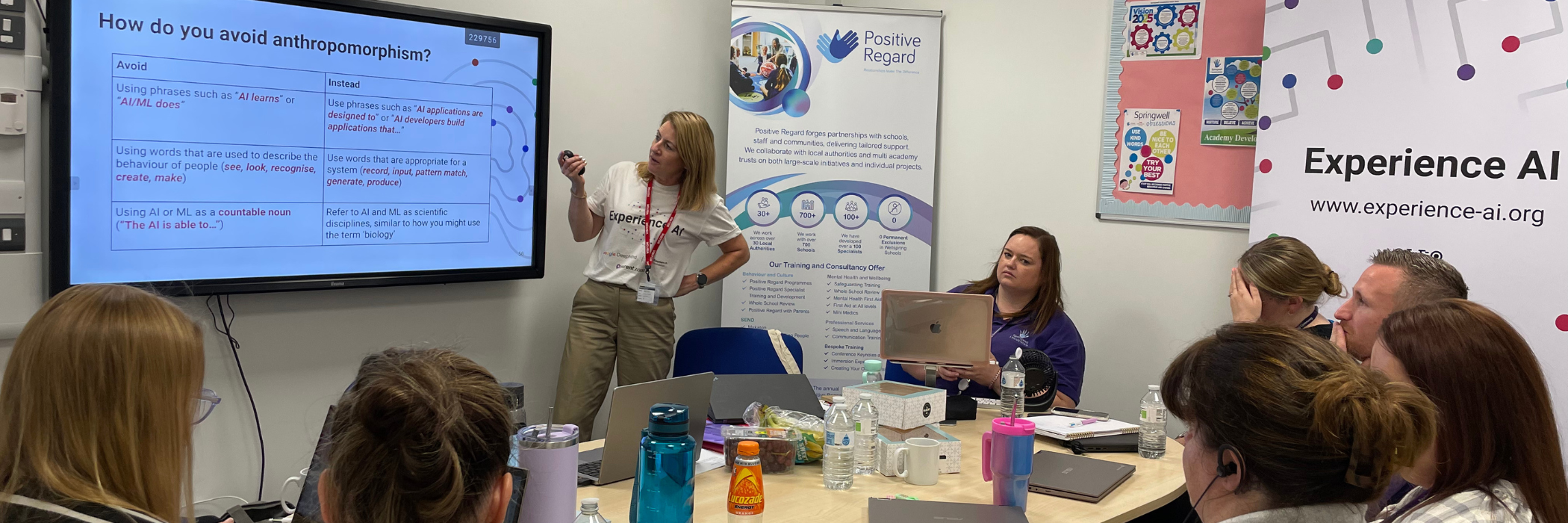Media literacy’s defining moment: translation or academic obscurity
Media literacy has never been more important to policymakers or more opaque to practitioners. While UNESCO hosts a Global Media and Information Literacy Week this month and the UK Government doubles down on the topic, turn-to family-facing professionals tell us this topline commitment does not translate into classrooms. Therefore an uncomfortable question emerges: does the push for media literacy actually matter if it is not permeating into daily life?
At Parent Zone we know media literacy has never been more necessary. We also understand the term is messy to define, full of academic language and has immeasurable outcomes. Our EveryDay Digital: Media Literacy (ED:ML) programme worked with 48 local champions across 29 local authorities and reached over 63,000 parents. (Independent Evaluation (IE), p. 16) Through our dialogue with turn-to professionals, particularly those in that ED:ML community, the lack of clarity around the term has created a lag in adoption and so fewer critical skills are being taught to young people.
Media literacy is arriving at an important junction - we solve the translation problem, or we watch a crucial concept disappear into academic obscurity.
Why Media Literacy Never "Took Off"
At Parent Zone we define media literacy as ‘the ability to access and critically evaluate different media and environments, protect personal information, participate positively and responsibly, and to identify and respond to negative content and behaviour’. A quick internet search for other media literacy definitions will garner results teaming with analyzing, synthesizing and lists of skills that huddle under the term’s umbrella. These skills are integral to learn, but the term is difficult for a professional to corral into an approachable pitch to parents and caregivers.
The distance media literacy travels from top policy circles to families is long and made worse by the vague definition. From the legislators, via academia, to professionals and into the lives of families is a cascade of mistranslation.
Professionals hold the weight of this problem and have shared the realities of delivering media literacy information with us. In a recent discussion with turn-to professionals we were told that, armed with media literacy resources, practitioners avoid using the term when delivering sessions to primary caregivers. Due to what they believe is its vague and inaccessible nature, they are forced to use alternatives such as ‘digital wellbeing.’ In their experience they need to introduce the ideas first, before sometimes attempting to explain media literacy later on. Some professionals highlighted that a few parents in their local area are scared of the term media literacy itself, using our conversation to encourage policymakers to think about people’s comprehension of words in the definition.
So media literacy matters in principle, but if professionals can’t explain it and parents fear it, does it matter in practice? The answer depends on whether we can solve the translation problem.
The Translation Problem
The gap that exists between academic thinking and classroom delivery is one where organisations and their ground level support will be decisive. Ofcom acknowledges this in their media literacy strategy, which aims to make the topic ‘everyone’s business.’
As the Department for Science, Innovation and Technology’s (DSIT) recently published research highlights these require specific capabilities. It urges organisations working to improve media literacy to; develop resources for parents with low levels of digital inclusion, leverage social networks in their interventions and promote the use of consistent choice architecture across online platforms for key media literacy actions.
This is the role Parent Zone plays. Our resources, including the ED:ML programme, help professionals improve children’s media literacy. By providing unlimited access to self guided professional training, a resource toolkit and ongoing support we want to help fill the gap between policy and practitioner.
In line with the recent DSIT publication, independent research on our programme found that while using the programme parents' confidence with digital increased 27%, the design of the resources encouraged the training of familial networks in media literacy and the programme's widget, that can be embedded across websites, had a 24% higher engagement than forecast.
Schools such as Brickhill Primary underlined the ‘engaging, practical and optimistic’ tone of the programme. Providing resources to professionals allowed young people and parents to embrace the positive power of digital technology. Brickhill’s computing lead Dan Veal believes the programme ‘isn’t just about digital safety. It’s about empowering families, shifting mindsets, and showing tech can be a force for good.’
This is why media literacy matters, even if the term is struggling to cut through the noise - the crucial skills and information create better outcomes for those that need them. As Dan highlighted, it’s not just teaching digital safety, it’s the integrated approach that makes media literacy powerful.
Programmes such as these aim to clarify media literacy as a concept for professionals and therefore improve the transfer on to parents and primary caregivers. If we fail to help professionals push the development of media literacy skills we’ll not only lose the terminology, but with it a framework that connects the whole range of digital challenges that is essential for development.
If we abandon the term ‘media literacy’ because of this pain of uptake, we’ll only lose the conceptual coherence that makes it so significant.
Why the Pain is Worth It
The question isn’t whether media literacy is difficult to explain - it clearly is. The question is whether abandoning it for easier terms would actually solve the problem - would it matter if there was no media literacy?
We know media literacy matters precisely because it integrates scattered concerns into a notable term. Therefore when people understand the concept, they become more effective educators.
In our programme’s independent evaluation, it was revealed those who were reached through ED:ML were proven to increase understanding of the term by 45%.(IE p.6) This increased understanding translated into many positives, one such being an increase in parent online safety discussions with children of 32%.(IE p.6) They also identified that ‘when media literacy is introduced in an accessible manner, parents are willing to apply what they learn.’(IE p. 22)
Delivering successful programmes and educating people around media literacy is worth going through the pain. We believe the best way to deliver these programmes is through creating a community of turn-to professionals and equipping them with the tools they need in their settings.
The Path Forward: Translation, Not Abandonment
For policymakers: Invest in organisations that can bridge policy positions and community practice.
For turn-to professionals: Engage with resources that build genuine understanding.
For the sector: Accept that translation is skilled work requiring dedicated investment and organisations that can help bridge the gap.
The alternative: Watch media literacy become another forgotten policy initiative.
Latest Articles

Early years digital media literacy: new report highlights significant gaps
Professor of Education Janet Goodall discusses parental engagement around digital and early years tech use.

How to get ahead in teaching AI: CPD ideas for educators
The need for AI CPD in teachers and school leaders is increasingly recognised. Sarah Horrocks and Michelle Pauli of Connected Learning explain the opportunities.

The Tech Shock podcast – smartphone bans: the professional perspective
Listening to what youth and family-facing professionals think about a possible smartphone ban for under-16s.

